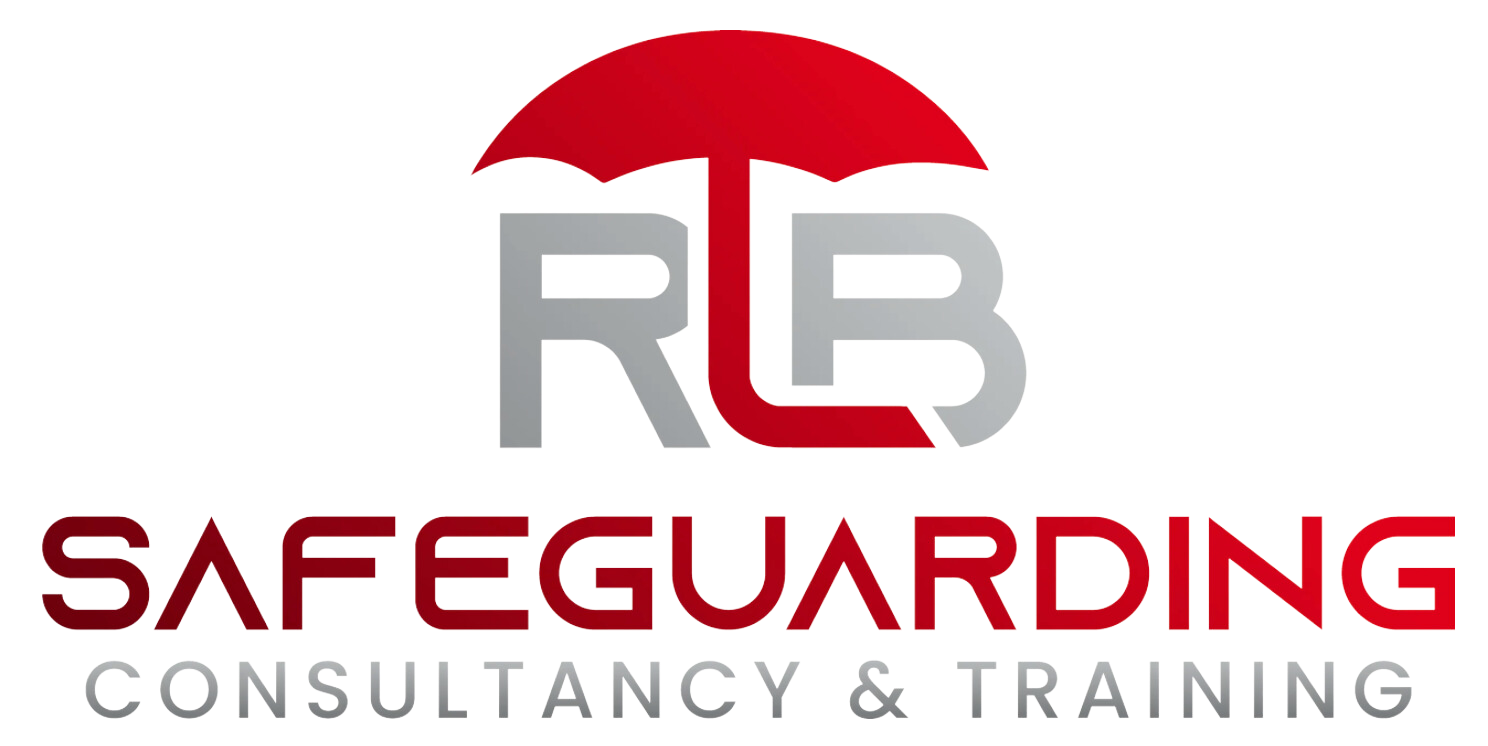What does effective safeguarding supervision look like?
The principal goal of effective supervision is to enhance and maintain the quality of care and protection provided to vulnerable individuals and supporting professional within safeguarding related roles. It assists professionals with developing their skills and knowledge and having greater confidence in their practice. Effective supervision will involve regular meetings between a named supervisor and named professional (supervisee) or group to discuss concerns or cases, address challenges, and ensure that compliance to relevant policies, procedures, and ethical guidelines. It provides time and space for reflection on practices, knowledge sharing and experiences, and allows professionals to access guidance on complex or difficult situations.
So, what does effective safeguarding supervision look like?
There are several key principles and practices that can contribute to effective safeguarding supervision. Here are some of our top principles that we follow at RLB:
1. Roles and responsibilities- It is important to start as you mean to go on. That’s why at RLB we start with a consultation about supervision and then all parties sign up to the Supervision Agreement that ensures all roles and responsibilities are clear.
2. Open channels of communication- Communication should be open and honest. Professionals should feel comfortable in discussing their feelings, any challenges or worries, and mistakes without fear of judgment. When people are listened to, it allows them a level of transparency that in turn helps to support achieving outcomes in a timely manner.
3. Support and safe spaces- Ensure a supportive and open atmosphere is in place, where professionals feel heard and empowered. Supervisees should be allowed to talk over any emotional reactions to challenging situations, and then receive appropriate emotional support needed to cope with the demands of their work. This is essential to avoiding things such as wellbeing issues, compassion fatigue, lack of professional curiosity, burnout, and work-related stress.
4. Collaboration and effective multi-agency working- Effective safeguarding supervision involves collaboration between supervisors and supervisees and also opportunities for working more effectively with other local services that can provide specialist support to service users. There has been recent updated guidance with regards to safeguarding children and young people here: Working Together to Safeguard Children 2023 Updates.
5. Meeting should be structured and regular- A structured framework for discussing cases, concerns, and professional development should be in place to ensure that meetings occur frequently and are formally agreed. Again, demonstrating that roles and responsibilities are clear and providing a level of stability of when and where the meetings will occur.
6. Safeguarding case discussions- Supervision allows for regular time to complete in-depth case discussions, and ensuring supervisors can provide guidance on complex cases and risk assessment to improve service user outcomes and provide assurance to the supervisee and the organisation.
7. Reflective practice- Reflective practice is a fundamental part of effective safeguarding. Professionals can access regular opportunities to reflect on their work, experiences, and decision-making process. This enables safeguarding leads to exercise a deeper understanding of the impact of their work on others.
8. Continuous learning and saying up to date- Supervision sessions should also act as a forum for ongoing updates on relevant policies, legislation, and best practice to ensure professionals stay up-to-date and effective in their roles. The world of safeguarding is ever changing, and guidance and practices are constantly evolving.
9. Record Keeping and Data Protection- It is essential to keep both accurate and detailed records of supervision sessions to track case progress, identify patterns or trends, and act as a reference point for any future discussions. Case monitoring and accountability are also essential factors to consider. Record keeping also supports with board level and reporting requests and demonstrates understanding around the effectiveness of how interventions have been implemented across the organisation. It is also important to understand data protection and GDPR and how data should be stored. There has also been a recent increase for requests for information by individuals via Freedom of Information Requests so again it is important to understand these factors and how they may impact on policies, procedures, and practices.
10. Celebrating good practice and positive outcomes- The ultimate goal of effective safeguarding supervision is to improve outcomes and the quality of care for people. Supervision should be the driver behind embedding a culture of safety, continuous improvement, and ensuring that interventions are effective and aligned with the well-being of those in need of protection. We should celebrate our safeguarding professionals and the incredible work that they do.
When these principles are incorporated into supervision, organisations and professionals can therefore enhance the effectiveness of building a safeguarding culture and subsequently, improving the overall quality of care and protection provided to those who access their services. We are committed to working with all industries and organisations to bring quality supervision into safeguarding practices and in turn help and support these outcomes.
We are now offering Safeguarding Supervision packages so please do check out our page and contact us for a free consultation to discuss your needs and the services we provide. As always, we operate under our values of experience, excellence, and empathy.
Ready to choose a supervisor that you think will be suitable for you? Meet the team?
